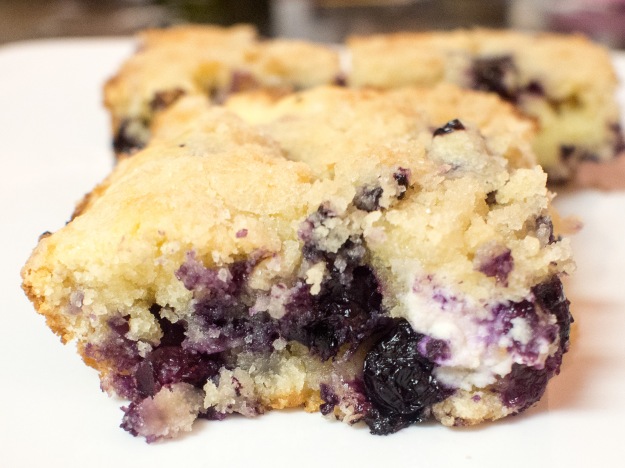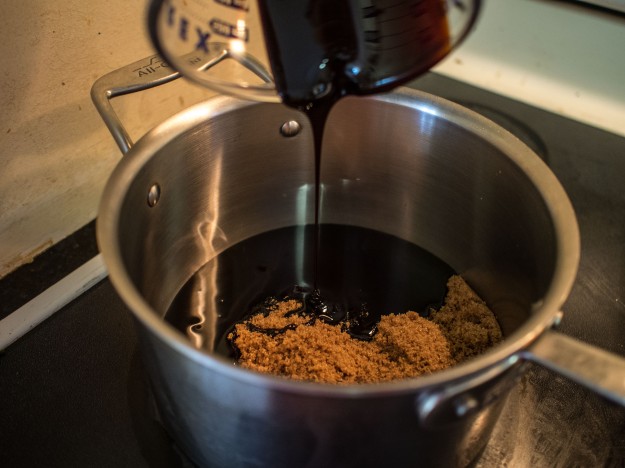
I read with great sadness that the Hominy Grill closed in Charleston, South Carolina. I’ve never actually been to the Hominy Grill, but always wanted to go there because food publications frequently featured its chef, Robert Stehling, for his lowcountry inspired cooking. As a bit of a tribute, I looked to see what some of the famous Hominy Grill dishes were and Buttermilk Pie was mentioned quite a bit in a wide variety of publications. Buttermilk pie intrigued me, and only me because there wasn’t a single person in the house who wanted me to make the pie because to them the name sounded awful. The kids side-eye nearly dessert proposal lacking a chocolate component.
Despite many, many people’s misgivings, this pie turned out great. It’s a sweet, layered custardy pie with lots of lemon flavor. The pie was promptly devoured and everyone admitted they may have been judging poor ol’ buttermilk pie a bit harshly. This dessert would be a fantastic ending to a savory or barbecue-type meal with brisket or ribs. The recipe is very easy to make because there are no taxing double boiling or melting steps.
I loved this pie, as it is emblematic of what makes lowcountry cooking great. Simple, local, fresh ingredients that come together and create something greater. This pie creates three gorgeous layers with little effort or expense.
Mr. Stehling modified this recipe over time, so I picked one version that I think tastes the best and slightly tweaked it. If lemon isn’t your thing, I would think vanilla would be equally appealing in this recipe.
Buttermilk Pie
A fantastic custardy pie.
Ingredients
- 1 basic pie crust, blind baked with pie weights for 10 minutes at 400 degrees Fahrenheit, and 10 minutes at 375 with the crust edge covered. Or store bought
- 1 stick unsalted butter, softened
- 1 1/2 cups sugar
- 3 large eggs, separated
- 1/4 cup all-purpose flour
- 2 cups buttermilk, room temperature
- 1 teaspoon lemon zest
- 1 tablespoon fresh lemon juice
- 1/2 teaspoon freshly grated nutmeg
Directions
- Preheat oven to 350 degrees Fahrenheit.
- Combine sugar and butter in a mixing bowl and mix on medium speed until fluffy.
- Add the egg yolks and flour to the butter until combined.
- Add the buttermilk, lemon zest and juice, and nutmeg and beat on medium or medium-low speed until combined.
- Add the egg whites to a separate mixing bowl and beat until the peaks are stiff, but the egg whites do not appear dry.
- Fold the egg whites in three parts into the buttermilk mixture until the eggs whites are incorporated and there are no white streaks.
- Pour the pie mixture into the prepared pie crust, protect the edge of the crust and place pie in the preheated oven. Cook until the custard has risen and is golden, about 45-50 minutes. Unlike most custard pies, this one will be a bit more wobbly than expected.



































